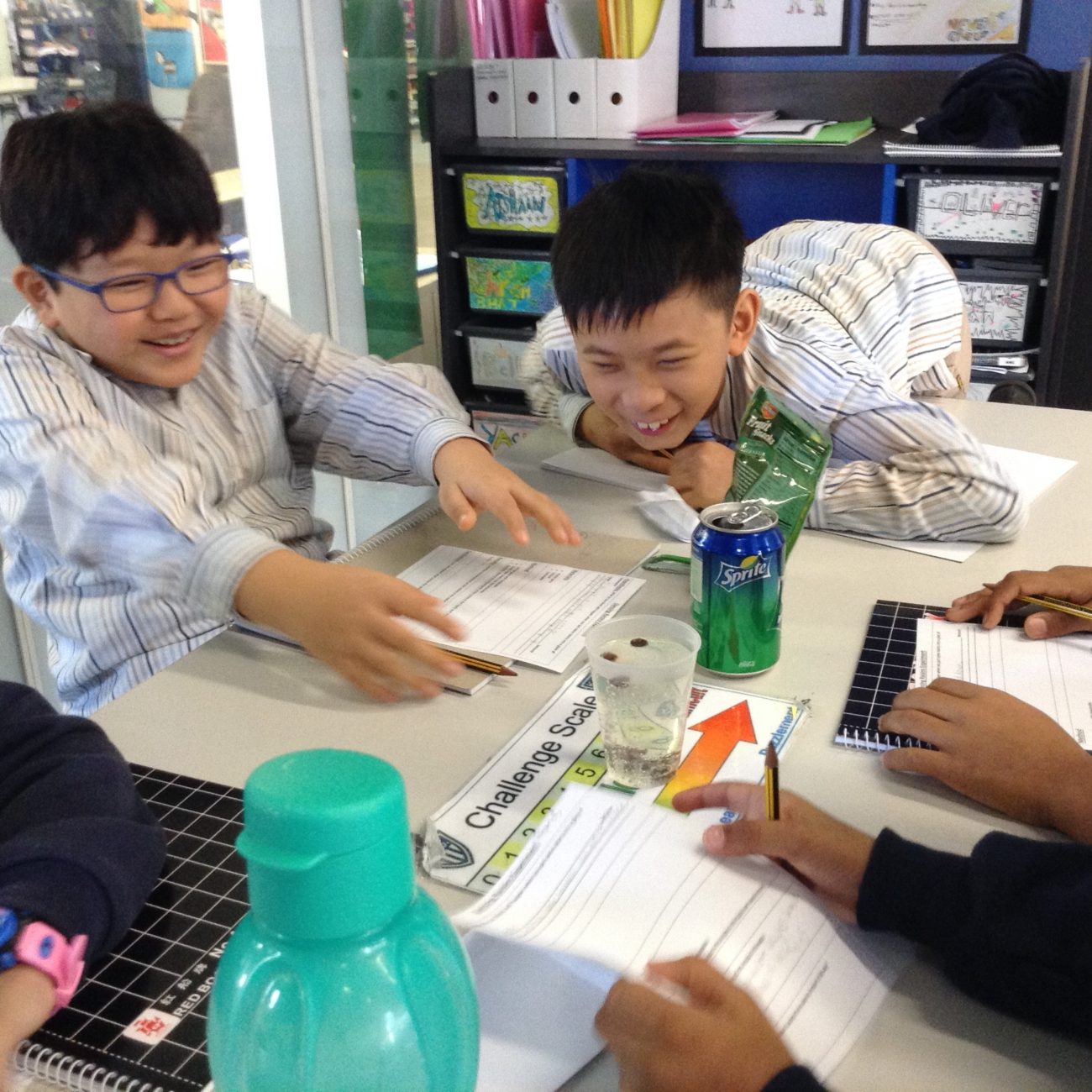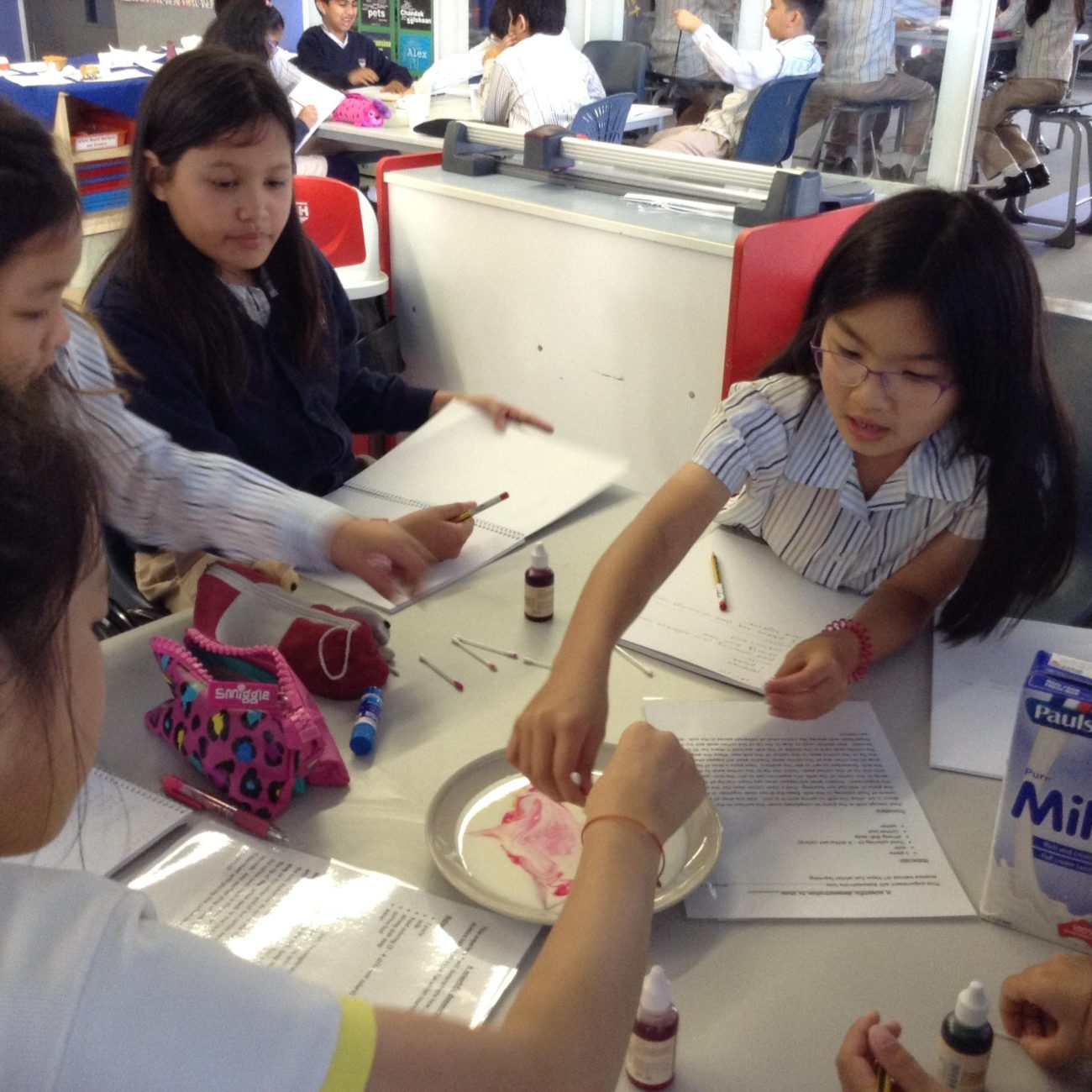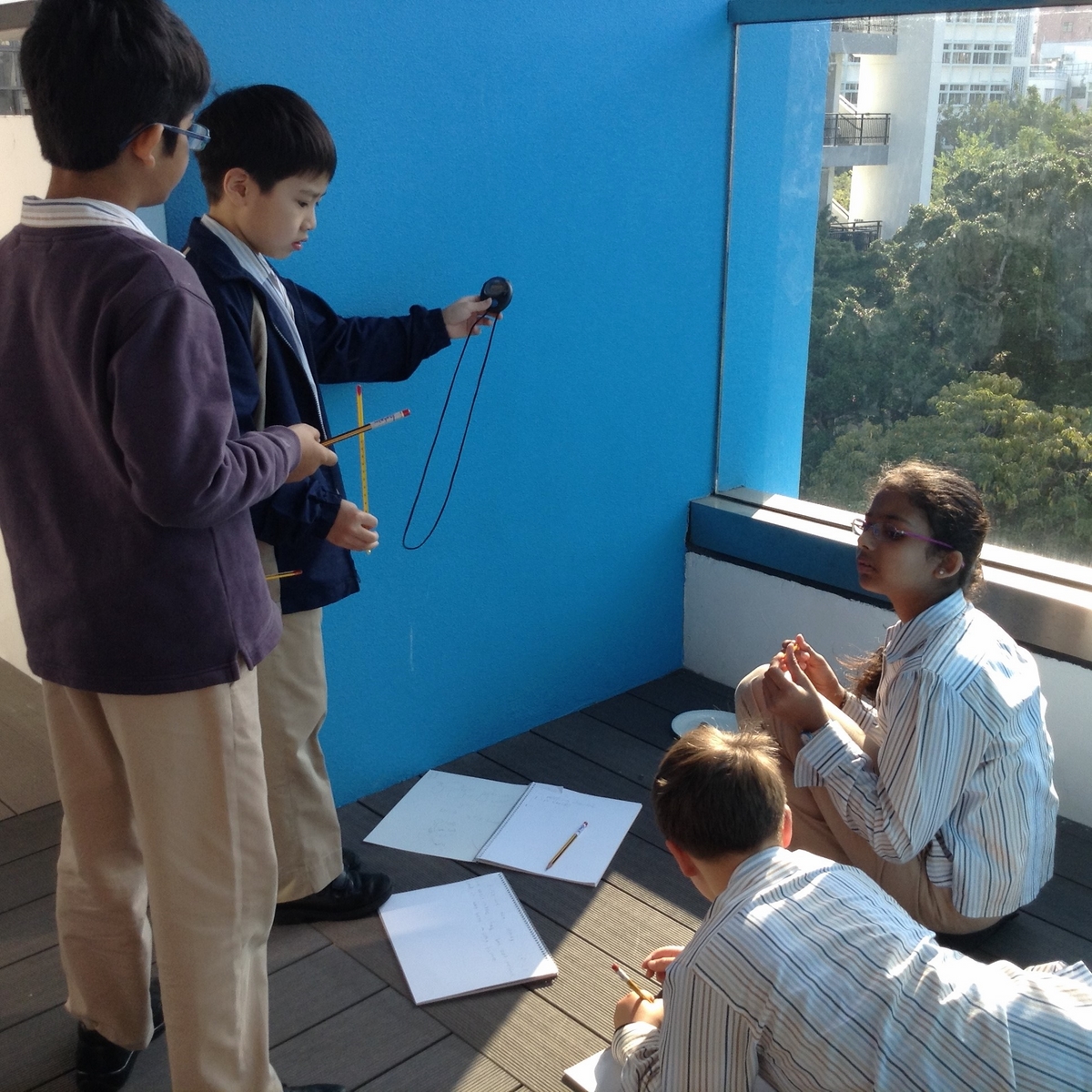Yr5 Weekly Update – 01/26/17
Central Idea: Matter exists in different forms which can be changed and used for different purposes.
UOI
We have begun our tuning in phase of the new (and very popular) Unit of Inquiry which falls under the transdisciplinary theme How the World Works. Students have very enthusiastically thrown themselves into the role of ‘scientist’ and have completed a number of scientific investigations prepared to highlight the following concepts:
Matter exists as solid, liquid or gas and can be described by its material properties (form/change).
Matter can change temporarily or permanently due to physical or chemical changes (changes).
Knowing about the changes to matter help us in our everyday life (connection).
We have discussed the importance of scientific journaling and children used their own personal journals to record their predictions, observations, results, interpretations and questions. We reflected on this process and had some interesting discussions around what good scientists do. After the holiday we will structure these notes and begin to form a collective scientific method we can use throughout this unit.
Two of the research skills we will focus on during this unit are observing and interpreting. Students have participated in specific learning engagements to help develop their understanding of what these skills mean and have developed success criteria to support target setting.
A letter was emailed to parents recently inviting students to become a “Scientist of the Day”. Please do take some time during the break to discuss with your child possible experiments they might like to present to the class. Trying out a few experiments at home might prove to be a great family bonding experience!
Literacy
Much of the writing students did this week happened through their Unit of Inquiry work. As we are now focusing on instructional writing, students were asked to identify what scientific information they felt was relevant to note in their scientific notebooks. We discussed and shared the information included and why we chose this. As mentioned above, this will lead to developing a framework for recording a scientific method.
In reading, we are focusing on how images, diagrams, illustrations and written text are used together to construct meaning. Students have had the opportunity to look at a variety of non-fiction texts that show examples of how diagrams and pictures support the development of meaning in procedural texts.
Maths
We have continued to explore our understanding of fractions this week by looking at how we can simplify them. Simplifying (reducing) fractions means to make the fraction as simple as possible. For example, five-tenths (5/10) is the same as one-half (½). Once we know how to simplify fractions, we can then easily order them.
Helpful links for students:
http://www.mathsisfun.com/simplifying-fractions.html
https://www.youtube.com/watch?v=AtBUQH8Tkqc
http://www.sheppardsoftware.com/mathgames/fractions/mathman_reduce_fractions.htm
http://www.teachingfractions.co.uk/
In addition, students have had a play with fraction kits to begin exploring improper fractions and mixed numbers. We will continue to focus on these areas after the break.
Wishing everyone a safe and happy Chinese New Year holiday. Kung Hei Fat Choy!
Homelearning:
- Twenty minutes daily reading;
- Try some of the online maths activities to reinforce learning in multiplication and division using MyMaths, Table Trees, Moon Maths or these online games.





